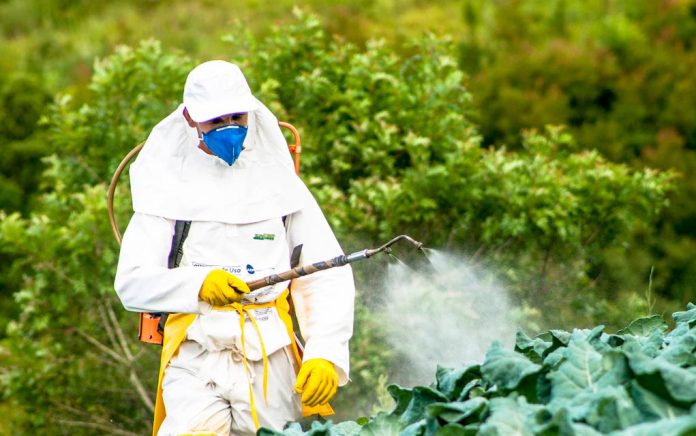
When buying produce, there are a few things most people will do to determine the food is fresh and good to eat. First they'll check to make sure that it is firm, not limp. Next they’ll inspect it to see if there are any rotten or damaged bits. But what about what can't be seen or felt?
Pesticide residue is an invisible foe, secretly coating beautifully vibrant fruits and vegetables. So how do you know if you're consuming it? Well, that’s where the Environmental Working Group comes in. Every year they publish a list called the Dirty Dozen and the Clean Fifteen that ranks fruits and vegetables according to the amount of pesticide residue present.
Apples take the top slot, followed by strawberries, grapes, celery, peaches, spinach, sweet bell peppers, imported nectarines, cucumbers, cherry tomatoes, imported snap peas and potatoes.
This infographic can be used to help you decide which items to buy organic and which ones you may wish buy conventional occaisionally to save on the cost of organic. Even if you buy organic there are still ways to save: scroll down the infographic for tips on finding the best organic produce.
Written and prepared by Garrick Dee Tan.





